-
Cangzhou Yulong Steel Co., Ltd.
-
Phone:
+86 13303177267 -
Email:
admin@ylsteelfittings.com
- English
- Arabic
- Italian
- Spanish
- Portuguese
- German
- kazakh
- Persian
- Greek
- French
- Russian
- Polish
- Thai
- Indonesian
- Vietnamese
- Zulu
- Korean
- Uzbek
- Hindi
- Serbian
- Malay
- Ukrainian
- Gujarati
- Haitian Creole
- hausa
- hawaiian
- Hebrew
- Miao
- Hungarian
- Icelandic
- igbo
- irish
- Japanese
- Javanese
- Kannada
- Khmer
- Rwandese
- Afrikaans
- Albanian
- Amharic
- Armenian
- Azerbaijani
- Basque
- Belarusian
- Bengali
- Bosnian
- Bulgarian
- Catalan
- Cebuano
- China
- China (Taiwan)
- Corsican
- Croatian
- Czech
- Danish
- Esperanto
- Estonian
- Finnish
- Frisian
- Galician
- Georgian
- Kurdish
- Kyrgyz
- Lao
- Latin
- Latvian
- Lithuanian
- Luxembourgish
- Macedonian
- Malgashi
- Malayalam
- Maltese
- Maori
- Marathi
- Mongolian
- Myanmar
- Nepali
- Norwegian
- Norwegian
- Occitan
- Pashto
- Dutch
- Punjabi
- Romanian
- Samoan
- Scottish Gaelic
- Sesotho
- Shona
- Sindhi
- Sinhala
- Slovak
- Slovenian
- Somali
- Sundanese
- Swahili
- Swedish
- Tagalog
- Tajik
- Tamil
- Tatar
- Telugu
- Turkish
- Turkmen
- Urdu
- Uighur
- Welsh
- Bantu
- Yiddish
- Yoruba

Sep . 30, 2024 09:44 Back to list
Exploring the Types of Stainless Steel Pipes: 304, 304L, 316, 316L
When considering stainless steel pipes for sale, it's essential to understand the differences between the various types available. The most common grades are 304, 304L, 316, and 316L. Stainless steel pipe grade 304 is known for its excellent corrosion resistance and versatility, making it ideal for a wide range of applications. On the other hand, 304L is a low-carbon variant that offers enhanced weldability and is often used in more corrosive environments. Stainless steel pipe grade 316 takes corrosion resistance to the next level, particularly against chlorides and other industrial chemicals, making it suitable for marine and chemical processing applications. The 316L variant, like 304L, offers better weldability and is preferred for critical environments where welding is necessary.
Specifications of Stainless Steel Pipe
The specifications of stainless steel pipe are crucial in determining its suitability for various applications. When browsing stainless steel pipes for sale, you will find a range of sizes, thicknesses, and diameters. These pipes are manufactured to meet stringent standards, ensuring they can withstand high pressures, temperatures, and corrosive environments. The stainless steel pipe price varies depending on the grade, size, and specific requirements, but it’s always a worthwhile investment due to the durability and longevity of stainless steel. Pipes are available in seamless and welded forms, with seamless pipes being preferred for high-pressure applications due to their uniform strength.
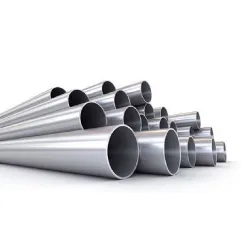

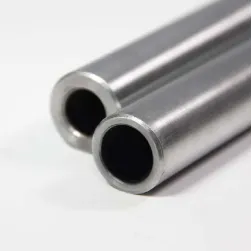
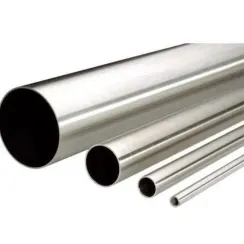
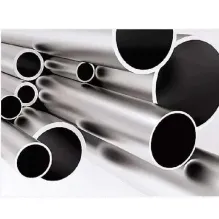
Applications of Stainless Steel Pipe
The application range of stainless steel pipe is vast, encompassing industries such as oil and gas, construction, food processing, and pharmaceuticals. Thanks to its corrosion resistance, stainless steel pipe is ideal for transporting liquids, gases, and chemicals that could degrade other materials. In the construction industry, it is often used in structural applications where strength and longevity are paramount. The stainless steel pipe price may be higher compared to other materials, but its resistance to corrosion and low maintenance requirements make it a cost-effective solution over time. Additionally, its aesthetic appeal is a significant advantage in architectural applications.
The Role of Stainless Steel Flanges
Stainless steel flanges play a critical role in piping systems, providing a secure and reliable way to connect pipes, valves, pumps, and other equipment. These flanges are designed to match the specifications of the stainless steel flanges, ensuring a perfect fit and maintaining the system's integrity. Flanges are available in various types, including weld neck, slip-on, and blind, each serving a specific function. The quality of stainless steel flanges directly impacts the performance and safety of the piping system, making them an essential component in industries where reliability is crucial.
This article highlights the importance of choosing the right stainless steel flanges and components for various industrial applications, ensuring that your systems are efficient, durable, and reliable.
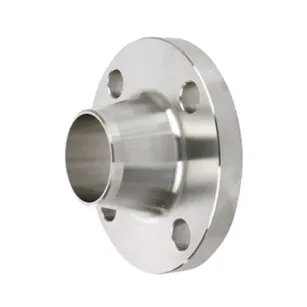
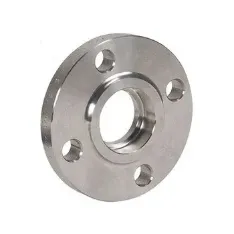
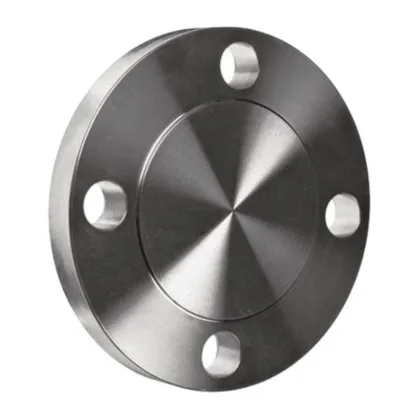
Latest news
-
ANSI 150P SS304 SO FLANGE
NewsFeb.14,2025
-
ASTM A333GR6 STEEL PIPE
NewsJan.20,2025
-
ANSI B16.5 WELDING NECK FLANGE
NewsJan.15,2026
-
ANSI B16.5 SLIP-ON FLANGE
NewsApr.19,2024
-
SABS 1123 FLANGE
NewsJan.15,2025
-
DIN86044 PLATE FLANGE
NewsApr.19,2024
-
DIN2527 BLIND FLANGE
NewsApr.12,2024
-
JIS B2311 Butt-Welding Fittings LR/SR 45°/90° /180°Seamless/Weld
NewsApr.23,2024











